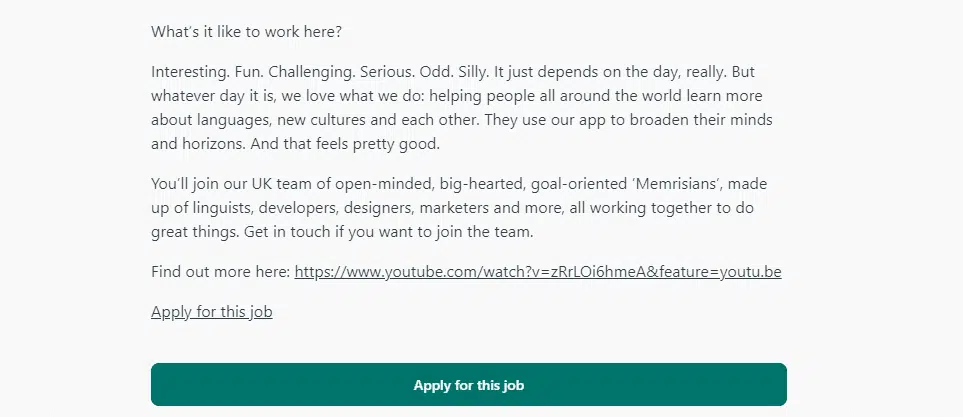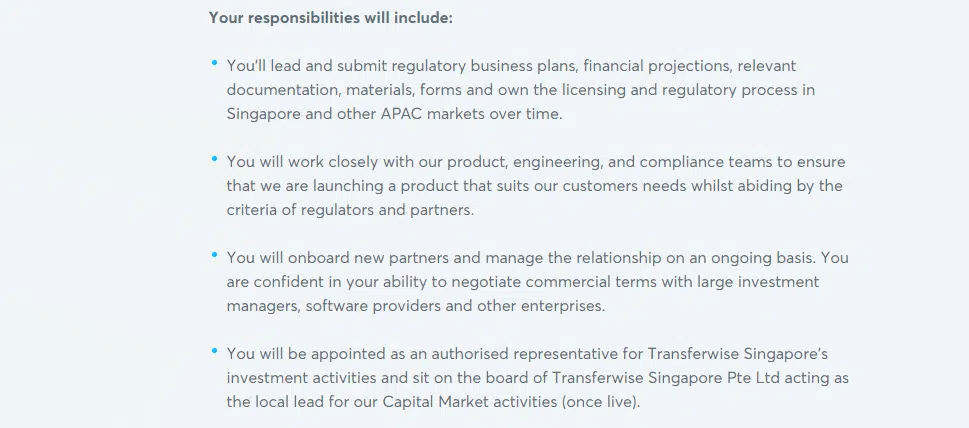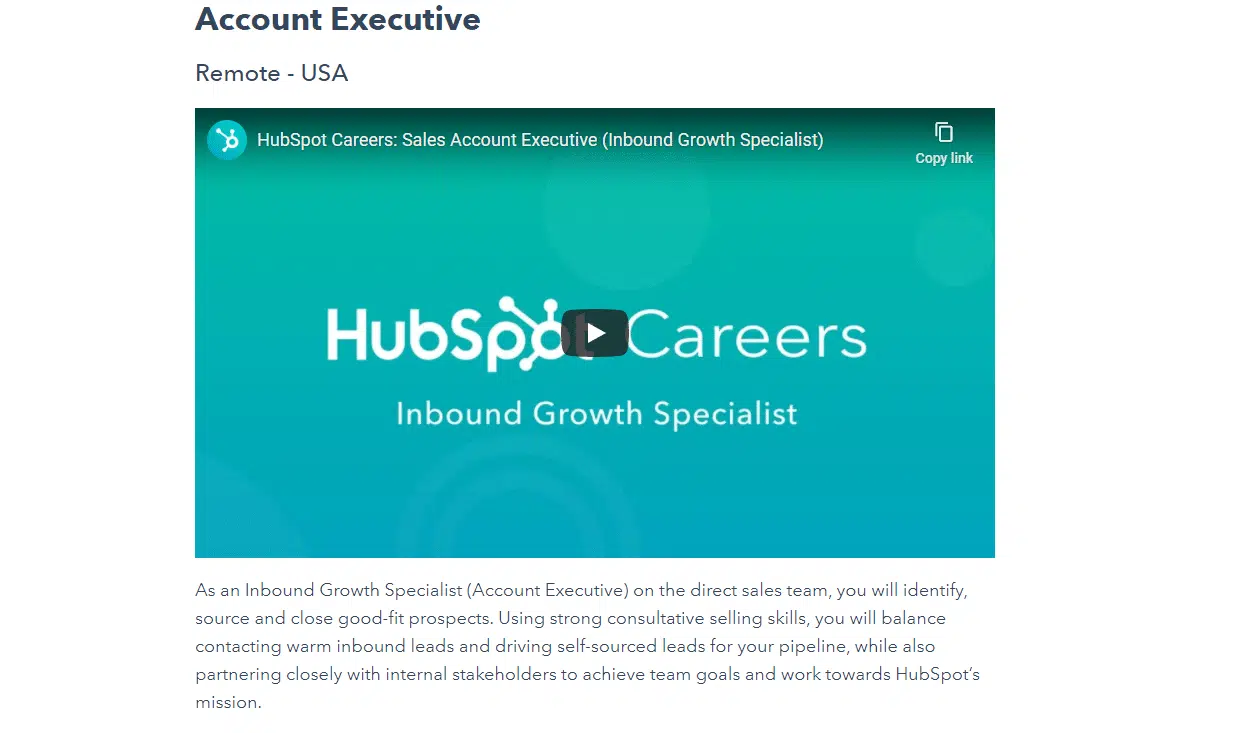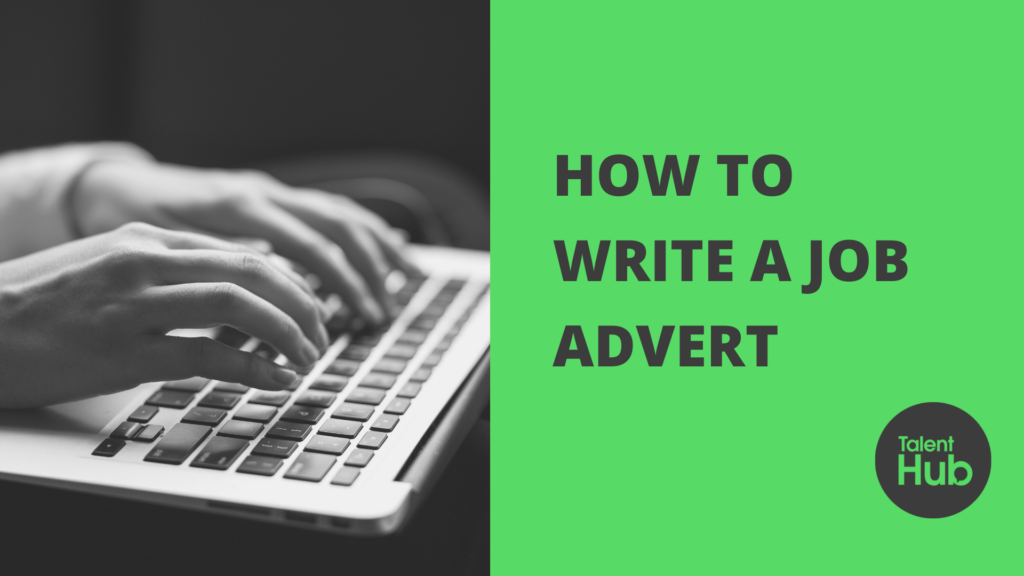How to Write a Job Advert (The Complete Guide)
If you have ever tried writing a job advert, you know it’s not that easy. Get it wrong, and you are filled with a bunch of unsuitable candidates. Even worse, you might not get any candidates at all.
But if you get it right, you can significantly reduce your time to hire, simply because you’ll be able to allocate your time to more relevant candidates.
Here are a few tips to help you write a job ad that lands you the best candidates:
What to include in a job advert?
1. Job Title
Perhaps the most important part of the whole job advert is nailing the job title. A good job title helps you attract the most relevant candidates.
When writing a title, put yourself in the candidate’s shoes. Writing titles such as “Office Wizard” or “Social Media Guru” is fun, but it doesn’t help candidates to find your advert. Instead, think about what candidates on channels such as LinkedIn are searching for.
Be specific. If you are looking for a sales manager to work with business clients across the globe, instead of writing “Sales Manager,” write “Global B2B Sales Manager.”
2. Company description
When writing about your company, don’t just include your mission statement, that’s what everybody does. Instead, find ways to stand out. Perhaps you can refer to a video of your company. Or maybe your company just raised money, and there’s an article you can share.
Another way to stand out is to link to your employee’s LinkedIn profiles. Candidates love to see the people they would be working with. You can also include quotes from your existing employees about what it is like to work there.
Here’s an example of how Memrise stands out by linking to a video about their employees.

Also, when people struggle to describe what’s special about their company, they sometimes use fancy words. Revolutionary. Cutting-edge. Innovate. Disrupt.
The problem is, all these words lose meaning if they don’t have an explanation behind them. Instead, describe your company in human terms, so it’s easy to understand for the reader.
Need help recruiting talent for your company? Book a free consultation with us today!
3. Role description
Why is this role important? What impact does it have on the company? These are the questions you want to answer when describing a role.
List three most important tasks that the role involves. Be specific. Show that you have a clear expectation of what would make the candidate successful in this position.
Here’s a great example of how TransferWise breaks down its Expansion Lead role:

And again, keep in mind the audience you are targeting. If you are looking for a data scientist, you might want to include any numerical goals that you expect the candidate to achieve.
Or if you are hiring an office manager, then maybe you mention how they can contribute to improving the company culture.
Pro tip: Instead of just explaining the role, we recommend you use storytelling to grab the reader’s attention. Make them relate to the role. For instance, if you are recruiting a designer, you might want to ask “Are you passionate about developing designs for exciting brands?” or “Imagine developing designs for company X and company Z”. Telling stories is a great way to make your ideas stick.
4. What’s in it for the candidate?
Hiring is a two-way street. A good job advert doesn’t just lay out the requirements for the candidate. Instead, you want the potential employee to get excited about working at your company. Why should they even want to apply?
Besides the tangible benefits, such as salary and vacation days, think of intangible things that might be attractive to the candidate. A study by Hubspot shows that besides an attractive salary and benefits package, candidates also value things such as work-life balance, job security, job content and a pleasant working atmosphere.
So for instance, you can describe what kind of team the candidate would join. Or perhaps the position would allow them to build something from scratch or take ownership of an impactful project.
Or even better, here’s an example of Hubspot sharing a video that describes the role:

It is also good to list a salary range for the position, if you have one. By listing a salary range, you don’t have to waste time interviewing candidates whose salary expectations don’t match yours.
Pro tip: conduct an internal survey, asking your company’s existing employees what they value most about working for you. Share those things on your job advert.
5. Requirements
When mapping out requirements for candidates, it is tempting to write a long list of bullet points. But did you know that by listing too many requirements, you are actually risking losing quality candidates?
Studies have shown that women only apply for jobs when they meet 100% of the requirements. Men on the other hand, apply when they only meet 60% of the qualifications.
The key here is to not go overboard with the requirements. Only list the things that the candidate actually must have.
Keep in mind the tone you use. Instead of writing “We expect the candidate to,” write “You will succeed if…”. Writing in second-person lets the candidate know you are talking to them. It also makes it easier for the reader to relate to the job advert.
Avoid gender bias
Still today, it is quite common for job adverts to be gender biased. And this bias doesn’t have to be conscious. You can write a biased job advert without even realizing it.
Research shows that words such as “modest,” “interpersonal,” “empathetic” and “inclusive” are coded towards females. Yet, words such as “ambitious,” “driven” and “fearless” are all masculine-coded.
Another everyday word, “bossy,” is used more to describe females.
Having biased job descriptions has many negative effects. First, it discourages diverse candidates from applying. Second, having less candidates extends the time for you to fill a position. You’ll also miss out on offering employees benefits that a diverse workplace provides.
Job Advert Checklist
Is the job advert candidate-centric?
– Does the job advert speak to the candidate by using words such as “You” “Your” “Yours,” or is it catered more to what your company needs?
Does the job advert distinguish must-have vs nice-to-have requirements?
– Remember, it’s important for candidates to meet most (if not all) of the requirements. The more requirements you have for the candidate, the higher the chances they won’t apply. It’s best to divide this section into “must-have” and “nice-to-have” requirements.
Does the job advert describe how the company will support the candidate?
Does the job advert outline the benefits of the role?
Does the job advert answer questions “Who are we looking for?” and “Why is this role important?”
Does the job advert introduce the company?
Does the job advert use headings?
Can the job advert be found on search engines?
Does the job advert have a clear call-to-action?
Is the job advert free from gender bias?
An example of a job advert that ticks most of these boxes can be found on our careers site.
Don’t overcomplicate it
Writing a job ad may be a daunting task, but just remember, your goal is to sell the position. A good job advert is specific and direct. It doesn’t need dressing up. Write in simple words. Use small sentences. Keep the information short and concise.
There are many tools out there you can use to check the quality of your writing.
Did you find this article helpful? Leave a comment below and share your thoughts!
Also, read our other blog post about the best interview questions to ask job candidates.


